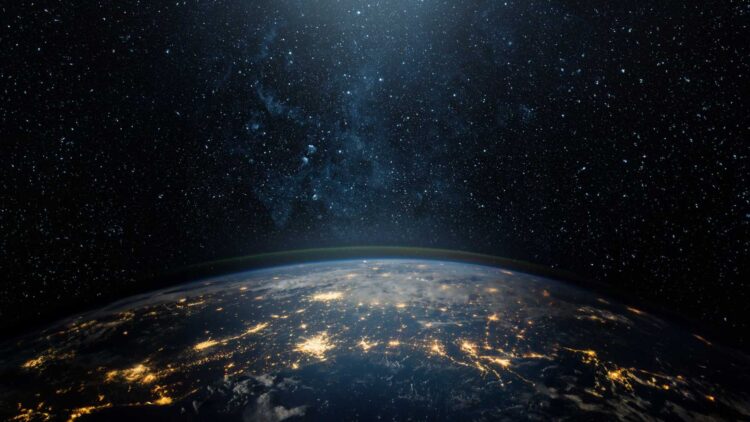Space is vast and largely unknown, which is why every once in a while we come across a cosmic event that we dismiss or chalk up to a different phenomenon. This is what happened in 2011, when astronomers spotted something strange, a light from a distant star that brightened and shifted, like something heavy and invisible had just passed in front of it. At the time, this was classified as a microlensing event, a phenomenon where a massive object bends light from something behind it, and the cause determined as unknown. Fast forward to 2021 and 2022, and the mystery object came into clearer focus, thanks to a new batch of data from the Hubble Space Telescope and we now believe it was a black hole.
The discovery was made when Dr. Kailash C. Sahu, working with a team at the Space Telescope Science Institute and other researchers, dug deep into the new observations in order to try to determine if the object was a neutron star or something different. After comparing results and double-checking theories, they reached a solid conclusion that pointed to a black hole.
The reasons why the unknown space event was classified as a black hole
The first indicator that scientists used is that the light bending abilities of this object are on par with other previously identified black holes. In fact, the mass detected when the light bending was measured came in at seven times that of our sun. This is also what disqualified it as a neutron star, which is really dense, but not that dense.
Another indicator is that there were no other companion stars nearby, which is often how black holes are discovered. Most of the time, they reveal themselves by feeding off a neighboring star, spewing X-rays in the process, but this time the object was alone, making the find extremely rare and valuable. This is one of the few known black holes that is not part of a binary system, which explains why it took more than a decade of careful tracking to prove what it really was.
To rule out other options and really pin down what it is, the team leaned on data from the Gaia mission, which helped them map the way the object moved compared to stars in the same patch of sky. The way it sped through its surroundings did not match up with normal stars or neutron stars, but it fit just right for a black hole.
With Hubble’s help, scientists traced how the light from the distant background star moved over time and over an 11-year span, they managed to get enough detail to see that the object had passed in front of the star and bent its light in a way that could only come from something incredibly massive and invisible. As it turns out, microlensing is one of the few ways we can catch these hidden wanderers.
The question now is how it was formed. We know that it is located about 5,000 light-years away in the thick of the Milky Way’s central bulge and it is alone, which is why experts suspect it was formed when a massive star exploded in a supernova. That explosion might have given the new black hole an impulse that sent it drifting off from its original location and other stars around it, explaining why this black hole does not follow the typical flow of stars nearby.
Of course this is all theoretical, as we do not know much about black holes in general, let alone those that do not behave like we expect them to. But with new technologies coming out every day and allowing us to see farther into space, we might have more answers soon enough.

